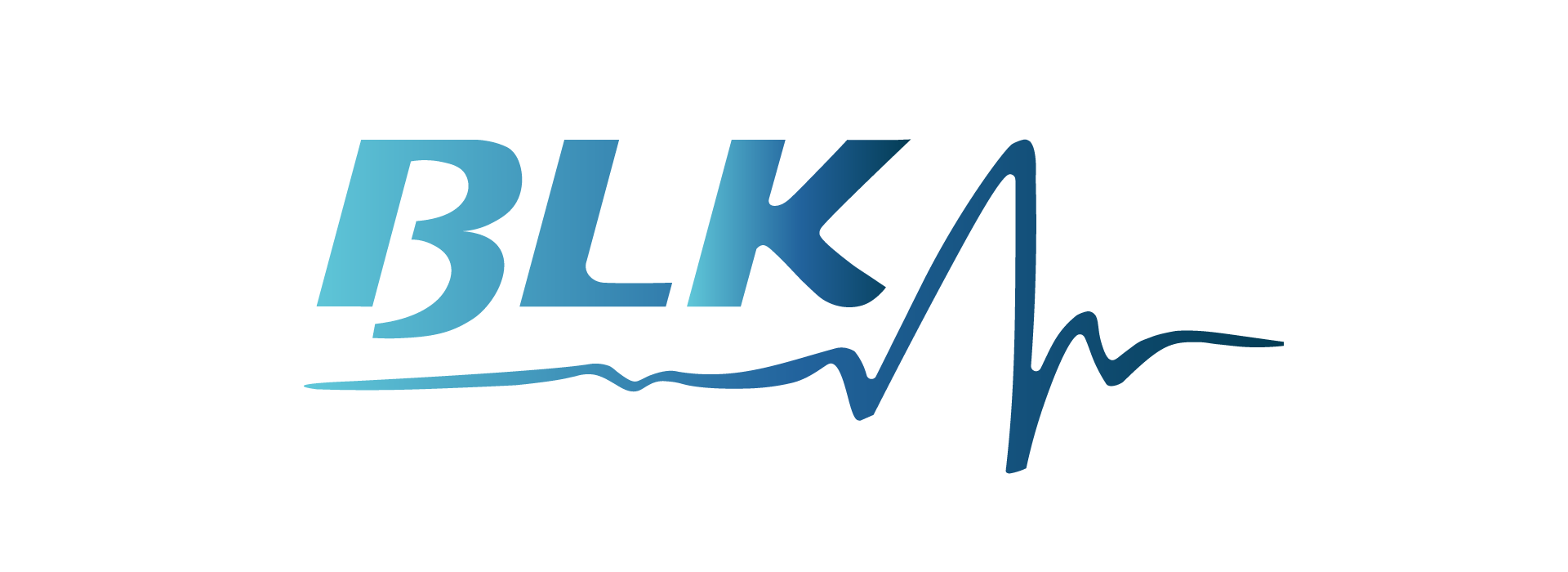Every year, on February 15th, the world comes together to observe International Childhood Cancer Day (ICCD)—a global initiative aimed at raising awareness about childhood cancer and improving access to care for affected children and their families. While medical advancements have increased survival rates, the journey remains a financial and emotional struggle for many families. The high costs of treatment, coupled with loss of income, create significant economic stress.
This is where insurance plays a critical role. A well-structured insurance plan can ease the financial burden by covering the costs of hospitalization, treatments, and medications. However, not all families have adequate insurance coverage, making it crucial to understand its importance, limitations, and alternatives.
Understanding Childhood Cancer
Childhood cancer is a group of diseases characterized by uncontrolled cell growth in children under the age of 14. Unlike adult cancers, childhood cancers are not lifestyle-related and often have no known cause. Some of the most common types include:
- Leukemia (blood cancer)
- Brain tumors (affecting the central nervous system)
- Neuroblastoma (a cancer of nerve tissues)
- Lymphoma (affecting the lymphatic system)
- Wilms’ tumor (kidney cancer in children)
The challenges of childhood cancer go beyond the disease itself. Delayed diagnosis, limited treatment availability, and financial hardships make the journey more difficult for families. Early detection, timely intervention, and financial preparedness through insurance can make a significant difference.
The Financial Impact of Childhood Cancer
A cancer diagnosis brings immense emotional turmoil, but the financial strain is equally overwhelming. Here’s how:
- Direct Medical Costs: Hospital stays, chemotherapy, radiation, surgery, and medications can cost thousands to millions of dollars over time.
- Non-Medical Expenses: Families often spend on travel, accommodation, meals, and other logistics to access specialized care.
- Loss of Income: Many parents have to reduce work hours or quit jobs to care for their child, leading to a drop in household income.
- Long-Term Financial Commitments: Even after remission, children require follow-up care, rehabilitation, and medications, adding to the financial burden.
Without adequate insurance coverage, families may struggle to afford life-saving treatments, often resorting to loans, crowdfunding, or depleting savings.
The Role of Insurance in Supporting Families
A comprehensive insurance plan can significantly reduce the economic burden of childhood cancer. Families should consider different types of insurance that can provide financial relief:
1. Health Insurance
Most health insurance plans cover hospitalization, chemotherapy, and medications. However, limitations such as copayments, deductibles, and exclusions may still leave families with significant out-of-pocket expenses.
2. Critical Illness Insurance
This specialized insurance provides a lump sum payout upon diagnosis of a serious illness, including childhood cancer. The funds can be used for treatment, non-medical expenses, or even replacing lost income.
3. Life Insurance with Riders for Children
Some life insurance policies offer child riders, which provide financial assistance if a child is diagnosed with a critical illness. These plans can cover funeral costs, palliative care, and alternative treatments if required.
4. Government and Social Insurance Programs
Many countries have government-sponsored health insurance or assistance programs specifically for children with cancer. These initiatives help cover expensive treatments, medications, and specialized therapies.
How Insurance Covers Childhood Cancer Treatment
A good insurance policy ensures access to:
- Diagnosis and Screening Tests: Covers initial tests like MRI, CT scans, and biopsies.
- Hospitalization and Surgery: Pays for extended hospital stays and surgical procedures.
- Chemotherapy and Radiation Therapy: Ensures funding for primary treatment methods.
- Palliative and Supportive Care: Helps with pain management and rehabilitation.
Challenges Families Face with Insurance
Despite its benefits, insurance isn’t always a smooth solution. Families often struggle with:
- High Premiums: Comprehensive coverage can be expensive.
- Limited Coverage: Some policies have exclusions, waiting periods, or claim caps.
- Claim Processing Delays: Bureaucratic hurdles can slow down reimbursements, affecting timely treatment.
The Importance of Comprehensive Insurance Plans
To avoid financial distress, families should look for comprehensive insurance plans that offer:
- No waiting period for critical illnesses
- Coverage for international and advanced treatments
- Mental health support and counseling services
- Financial assistance for non-medical expenses
Support Beyond Insurance: Additional Financial Assistance
Families can also seek support from:
- Charities and NGOs: Organizations like St. Jude Children’s Research Hospital, American Childhood Cancer Organization, and CancerCare provide financial aid.
- Crowdfunding: Platforms like GoFundMe help families raise funds for treatment.
- Government Grants: Many countries provide financial subsidies and tax relief for families battling childhood cancer.
Psychological and Emotional Support for Families
Apart from financial stress, families endure emotional trauma. Seeking psychological support is crucial. Helpful resources include:
- Counseling services for parents and siblings
- Online and in-person support groups
- Advocacy campaigns to raise awareness and funds
Conclusion
Insurance plays a crucial role in supporting families affected by childhood cancer. By providing financial protection, it ensures children receive the best possible medical care without pushing families into debt. However, insurance alone is not always sufficient—governments, NGOs, and communities must also step up to offer financial and emotional assistance.
FAQs
Does health insurance cover all childhood cancer expenses?
Not always. Many policies have deductibles, exclusions, and claim limits that may require additional financial support.
Are there insurance plans specifically for childhood cancer?
Some critical illness and child life insurance riders provide coverage for pediatric cancers.
How can families get financial help beyond insurance?
NGOs, government grants, and community fundraising can offer vital financial relief.




